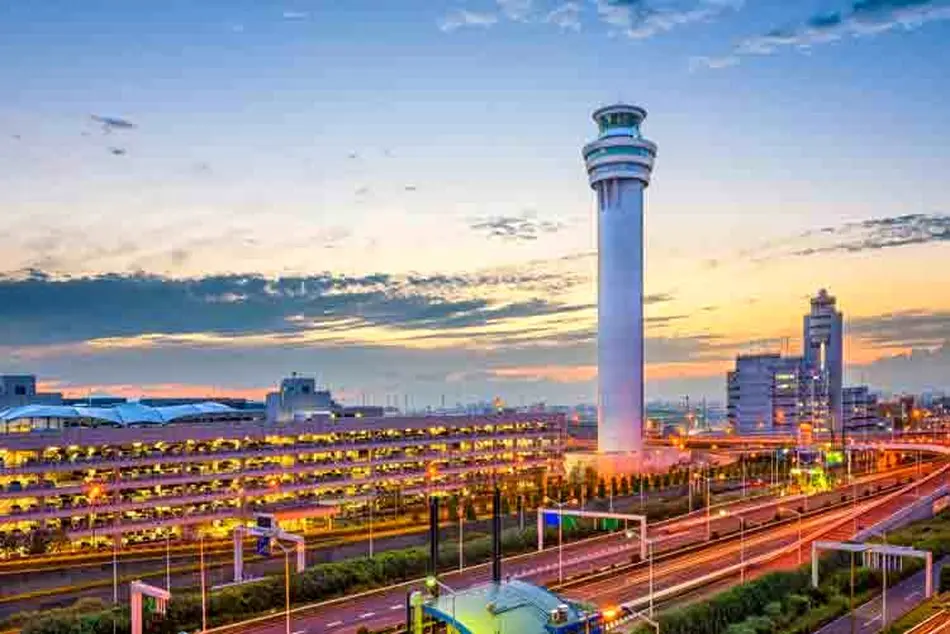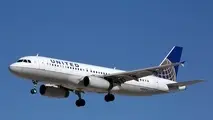Tokyo Narita Expansion Plan Aims To Increase Annual Slots To 500,000
Ambitious plans for growing passenger and cargo traffic to Japan depend on Tokyo Narita Airport (NRT) adding a new runway and consolidating three terminals into one, according to NRT President and CEO Akihiko Tamura.

Ambitious plans for growing passenger and cargo traffic to Japan depend on Tokyo Narita Airport (NRT) adding a new runway and consolidating three terminals into one, according to NRT President and CEO Akihiko Tamura.
Tokyo Haneda Airport (HND) “faces capacity constraints” that make expanding beyond HND’s current 490,000 annual departure and arrival slots limit unrealistic, whereas NRT has the ability to grow capacity, Tamura told the Japan International Transport and Tourism Institute Civil Aviation Symposium in Washington on March 26.
“Considering the expected increase in demand, it is essential to enhance the airport capacity in the Tokyo metropolitan area,” he explained, noting there is little room for expansion at HND.
“For this reason, the Japanese government is advancing a project to construct a new runway at Narita Airport, where expansion is still feasible,” Tamura said.
The new runway, to be 3,500-m (11,480-ft.) long, would be the airport’s third. NRT’s second runway would also be extended from 2,500 m to 3,500 m as part of the project.
Tamura said the runway work, plus a revamp of passenger and cargo facilities, will grow NRT’s annual arrival and departure slot capacity from 300,000 currently to 500,000.
“A new runway alone is not enough,” Tamura said. “The passenger and the cargo terminals must also be upgraded … The three [current passenger] terminals will be consolidated into one terminal, and a new cargo terminal will be constructed near the expressway.”
Also planned are rail improvements to “ensure that travel from the airport to the center of Tokyo can be completed in approximately 30 min.,” he added. “An airport city will be developed in the surrounding areas to attract industries that are well suited to aviation.”
Tamura said the new cargo terminal will be “very convenient for our shippers,” adding that the facility will feature “automation … to the maximum level that will make the terminal very efficient and productive.”
The Japanese Ministry of Land, Infrastructure, Transport and Tourism (MLIT) has indicated the runway work could be completed by the end of this decade, but a specific timetable for all of the projects has not been firmed.
Rieko Nakayama, MLIT’s assistant vice minister for international aviation, said an annual record of 36.9 international visitors came to Japan in 2024, up 47% from 25.1 million in 2023 and 16% over 2019. She added Japan aims to attract 60 million international visitors by 2030, more than doubling 2024’s figure.
Growing cargo traffic is also a major goal for NRT, which is currently the largest air or sea port in Japan in terms of value of cargo handled. NRT handles 17% of the value of all cargo coming to Japan, with Tokyo’s sea port coming in second at 11%, according to Tamura.
The Japan-U.S. air transport market is showing strength even as it has not fully recovered to pre-pandemic levels, according to Cindy Baraban, the U.S. Transportation Department's deputy assistant secretary for aviation and international affairs. She told the symposium that 9.2 million passengers traveled between the U.S. and Japan in 2024, up 25% year-over-year, but still down 13% from 2019.
“Nevertheless, Japan maintains the top spot as the largest U.S. passenger gateway to Asia,” Baraban said. “Much of this traffic, of course, naturally flows to and from Tokyo, served by two airports, Haneda and Narita.”
She praised “Japan's efforts to bolster Narita as a hub … to maintain critical connectivity between the U.S. and other parts of the Asia-Pacific region, particularly Southeast Asia, which is estimated to be one of the fastest-growing regions for air travel … Narita’s role in air connectivity cannot be overstated.”
Yuji Koyama, Japan Airlines’ senior vice president of corporate strategy and planning, noted the number of foreign visitors to Japan has been growing, while “the Japanese population has been in a period of decline,” highlighting the importance of drawing inbound international passengers to Japan.
“North America is the most important region for international routes,” he added.
